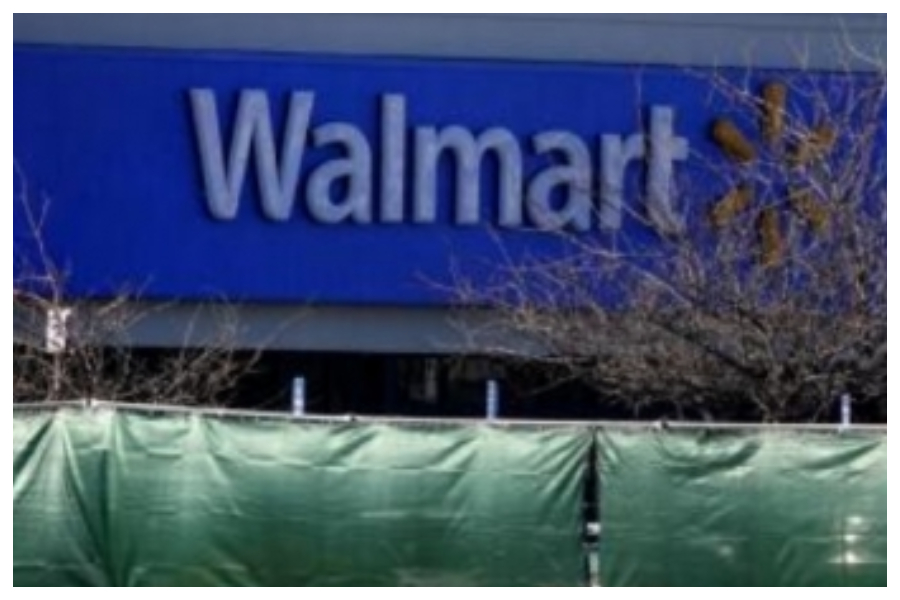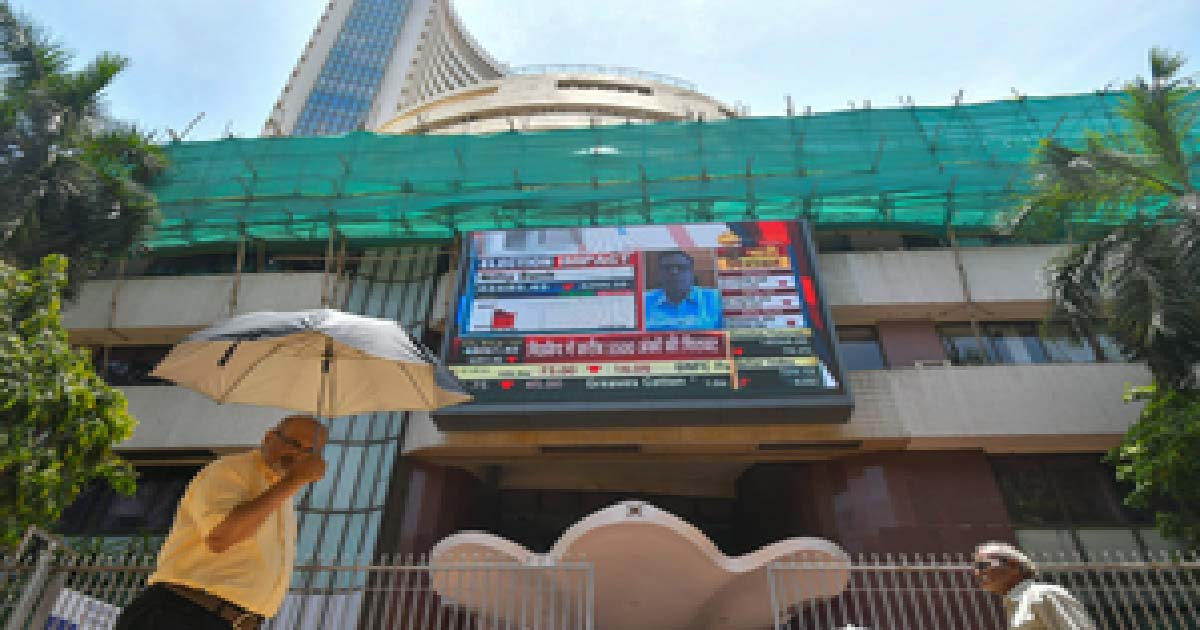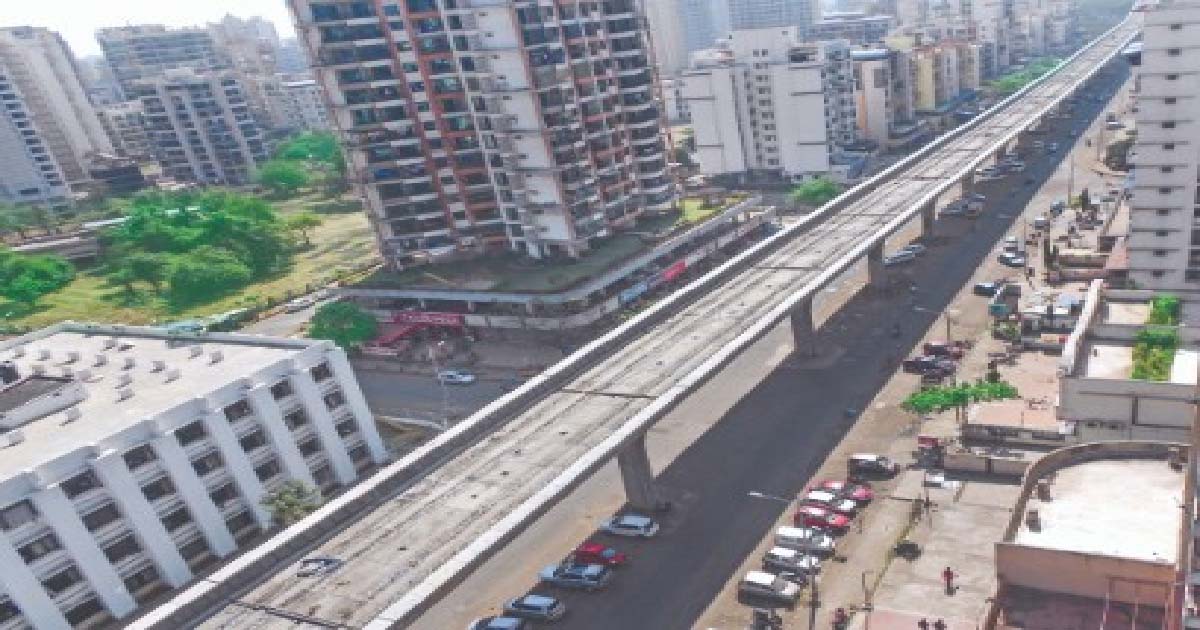Business
Walmart plans to enter Metaverse, sell NFTs

Amid the buzz around Metaverse, retail giant Walmart has revealed plans to enter the field of highly immersive virtual reality/augmented reality (VR/AR) and Blockchain-based world.
Walmart’s trademark filings indicate that the company is looking to establish its own NFTs (non-fungible tokens) and cryptocurrency, reports CNBC.
One of the trademark applications details possible “physical fitness training services” and “classes in the field of health and nutrition” that could take place in VR/AR environments.
In a separate filing, the company said “it would offer users a virtual currency, as well as non-fungible tokens, or NFTs,” the report said on Sunday.
“Walmart is continuously exploring how emerging technologies may shape future shopping experiences,” a Walmart spokesperson was quoted as saying in media reports.
“We are testing new ideas all the time. Some ideas become products or services that make it to customers. And some we test, iterate, and learn from,” according to the company.
Other retailers also have plans to enter metaverse, like Nike that aims to introduce NFTs and virtual sneakers while Adidas selling out of its aInto the Metaverse’ NFT collection.
Gap has also started selling NFTs of its iconic logo sweatshirts.
The market for transactions in the Metaverse is expected to reach $6.1 billion this year, as tech giants like Meta (formerly Facebook) aim big on the VR/AR-based technology to bring deeper immersive experiences to billions in the future.
The global Metaverse market is forecast to hit nearly $42 billion globally by 2026, according to research firm Strategy Analytics.
Social media giant Facebook has said it will spend more than $10 billion to build out its vision for Metaverse.
Business
Sensex, Nifty end lower over monthly Futures and Options expiry

Mumbai, Nov 25: Indian stock markets ended in the red on Tuesday as traders reacted to the monthly expiry of Nifty futures and options contracts for the November series.
The Sensex closed 313.7 points lower at 84,587.01, a decline of 0.37 per cent. The Nifty also slipped, ending 74.7 points or 0.29 per cent down at 25,884.8.
“On the Nifty options front for the upcoming weekly expiry on December 2, significant call buildup was recorded at the 26,000 and 26,200 strike levels, while on the put side, notable additions were seen at the 26,000 and 25,500,” experts said.
Among key stocks on the Sensex, Trent, Tata Motors PV, HCLTech, Infosys and Power Grid were the top losers.
On the other hand, Bharat Electronics Ltd (BEL), State Bank of India (SBI), Tata Steel and Eternal were among the major gainers.
Sector performance was mixed. The Nifty Realty index gained 1.62 per cent, making it the best-performing sector of the day, while Nifty PSU Bank rose 1.44 per cent.
However, Nifty IT fell 0.57 per cent and Nifty Media dropped 0.80 per cent.
Broader markets were more resilient than the frontline indices. The Nifty Midcap 100 index gained 0.36 per cent, while the Nifty Smallcap 100 added 0.19 per cent — showing continued buying interest in mid- and small-cap stocks.
Market experts said the expiry-related volatility and profit booking weighed on benchmarks, while select sectors continued to see fresh inflows ahead of December trading sessions.
“Caution prevailed as investors awaited clarity on a possible rate cut in the upcoming FOMC meeting and progress on the Indo-US trade deal, despite some improving signals,” analysts said.
They added that selling pressure is visible near the 26,000 level, though downside appears limited given strong domestic fundamentals, including a solid earnings outlook for H2.
“PSU banks and real estate stocks outperformed, supported by a strong revival in home loan demand and rising market share for PSU banks,” analysts mentioned.
Business
India’s infrastructure market expected to hit Rs 25 lakh crore by 2030: Report

New Delhi, Nov 25: India is entering a multi-year infra super-cycle, with the Nifty Infrastructure index delivering 2 times returns of the Nifty 50 over the past three years, a report said on Tuesday.
India’s infrastructure equities have evolved from defensive to high‑beta, high‑alpha and could nearly double in market size by 2030 to around Rs 25 lakh crore, the report from Smallcase said.
Analysts said that the growth is driven government spending and private capex revival — helped by PLI schemes, global supply-chain shifts, and manufacturing incentives.
Smallcase estimated that Rs 1 of infrastructure capex delivers roughly Rs 2.5 — Rs 3 of GDP impact.
Markets are likely to maintain a high beta to infrastructure execution; earnings visibility across engineering, construction, industrials, cement, power equipment and logistics remain robust, the report noted.
InvITs growth will be underpinned by predictable, contract-based revenue streams offering pre‑tax yields of about 10–12 per cent and post‑tax returns near 7–9 per cent generally higher than many conventional fixed-income instruments.
The Nifty Infrastructure Index returned 14.5 per cent, 82.8 per cent and 181.2 per cent over the past 1, 3 and 5 years, outperforming the Nifty 50’s 10.5 per cent, 41.5 per cent and 100.3 per cent, the report said.
“Though Infrastructure investment in India Although these assets can experience temporary fluctuations during periods of market uncertainty, their historical volatility of about 10.2 per cent is well below the equity market’s 15.4 per cent, resulting in comparatively steadier performance,” said Abhishek Banerjee, Investment manager on smallcase, and founder of LotusDew.
With a correlation of only 0.42 to equities, infrastructure platforms tend to behave similarly to utilities, producing consistent, inflation-linked income that is largely unaffected by economic swings, he added.
Business
New initiative aims to strengthen India’s homegrown cyber resilience

New Delhi, Nov 25: The government has launched a landmark Cyber Security Innovation Challenge (CSIC) 1.0 for students and researchers to work upon real-world cyber challenges, positioning the field as a viable career path and strengthens India’s homegrown cyber resilience.
The initiative, launched under the Information Security Education and Awareness (ISEA) project of MeitY, aims to building not only skilled professionals and positioning cyber security as a viable career path, but also catalysing homegrown, product-oriented solutions.
S. Krishnan, IT Secretary, emphasised the need for a two-pronged national cyber security strategy — expanding awareness of emerging threats while strengthening technological capabilities. He highlighted that CSIC 1.0 addresses both imperatives.
Krishnan said that cyber security demands a ‘whole-of-nation’ approach, echoing Prime Minister Narendra Modi’s vision of a ‘whole-of-government’ strategy.
Acknowledging the collaborative presence of MeitY, CERT-In, NSCS, AICTE, C-DAC, DSCI, and leaders from academia and industry, he stressed the importance of nurturing winning ideas beyond the Minimum Viable Product (MVP) stage, creating pathways for them to evolve into scalable solutions through collaboration with startups and industry partners.
Vinayak Godse, CEO, Data Security Council of India, provided an engaging walkthrough of CSIC 1.0’s five-stage structure and extensive problem statements, developed through months of intense deliberation between DSCI, C-DAC, and the ISEA team.
He highlighted that this first-of-its-kind initiative enables students and researchers to innovate and develop entrepreneurial mindsets from the early stages.
Professor V Kamakoti, Director IIT Madras, mentioned that the innovation challenge under ISEA Project highlights our enhanced understanding of core challenges and positions us to craft transformative solutions.
The 10 domain specific problem statements highlight areas which are aligned to the cyber security needs of the nation and require fresh, innovative thinking.
Dr Sanjay Bahl, Director General, CERT-In, highlighted ISEA’s critical role in fostering innovation that shifts the paradigm from reactive defense to proactive security.
He noted that the Innovation Challenge creates a vital platform uniting R&D, academia, and industry, with solutions from academic institutions envisioned to reach the market as deployable products.
-

 Crime3 years ago
Crime3 years agoClass 10 student jumps to death in Jaipur
-

 Maharashtra1 year ago
Maharashtra1 year agoMumbai Local Train Update: Central Railway’s New Timetable Comes Into Effect; Check Full List Of Revised Timings & Stations
-

 Maharashtra1 year ago
Maharashtra1 year agoMumbai To Go Toll-Free Tonight! Maharashtra Govt Announces Complete Toll Waiver For Light Motor Vehicles At All 5 Entry Points Of City
-

 Maharashtra1 year ago
Maharashtra1 year agoFalse photo of Imtiaz Jaleel’s rally, exposing the fooling conspiracy
-

 National News1 year ago
National News1 year agoMinistry of Railways rolls out Special Drive 4.0 with focus on digitisation, cleanliness, inclusiveness and grievance redressal
-

 Maharashtra1 year ago
Maharashtra1 year agoMaharashtra Elections 2024: Mumbai Metro & BEST Services Extended Till Midnight On Voting Day
-

 National News1 year ago
National News1 year agoJ&K: 4 Jawans Killed, 28 Injured After Bus Carrying BSF Personnel For Poll Duty Falls Into Gorge In Budgam; Terrifying Visuals Surface
-

 Crime1 year ago
Crime1 year agoBaba Siddique Murder: Mumbai Police Unable To Get Lawrence Bishnoi Custody Due To Home Ministry Order, Says Report












